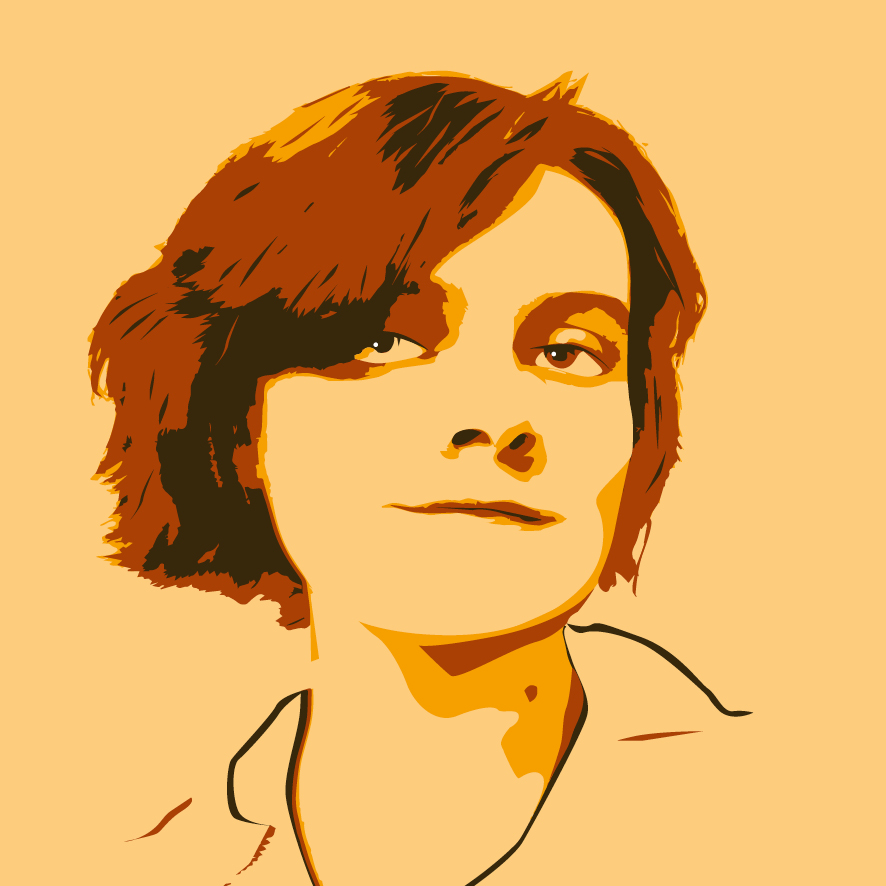Remembering Source and the beautiful tension of an engine caught between eras
Valve's game engine perfectly highlighted the transition between old and new design sensibilities.

There's a dead end junction, late in Half-Life 2's airboat segment, that's fairly easy to miss. It's nothing special to look at. A concrete run-off with a few shanty houses and a handful of zombies. But this corner, with its distant chirping of crickets and the sunset baking the panelled walls in just the right way, is special enough that I always stop by for a visit when returning to the game. It's a corner that perfectly captures the fleeting, uniquely melancholy beauty of Valve's Source Engine.
The Source Engine, the software that drove all of Valve's games from Half-Life 2 through Counter-Strike: Global Offensive, came at a uniquely transitory moment in game development. It was the mid-2000s, and 3D games were starting to look pretty damn good. Ten years earlier, and games were merely suggesting spaces through blocky corridors. A decade later, and we're looking at games that are near photorealistic.
Source bridged that gap. It's at once the last gasp of things like bsp-based terrain, baked lighting, and the entire field of level design, and a peek at the lush, living words of games to come. Over the past ten years, developers have gotten really, bloody good at wringing spectacular landscapes out of the engine—but they're doing so with a level editor built in 1997, using limitations laid down in 2004.
It's a bizarre tension, but one that gives Source maps a strange, almost haunted feeling. There's an intangible quality to the way Source levels are lit. Sounds all echo just a little more than you think they should. Hop into an empty Garry's Mod map, and the sense of isolation is overbearing.

Level with me
It helps that, by a rough estimate, there are probably 11 thousand billion Source maps floating around the internet right now. If Source is the last gasp of '90s design philosophies, then it's equally the last home for community mapmaking.
Remember mapmaking? Out of the current lineup of competitive shooters, Counter-Strike: Global Offensive is the only one that still sports robust level-creation tools. There's a common sentiment among the indie level design community that the field is sort of dead, with modern toolsets ditching efficient design tools in favour of creating more complex, jaw-dropping environments that are harder to tweak on the fly.
Where Unreal and idTech used to sport similar features, the kind of tools that made constructing and reworking arenas frictionless disappeared with Source, and have only really started to make a comeback with... well, Source 2. Source made it really easy to create mods that looked 'professional', without really having to get knee-deep in learning game development.
Keep up to date with the most important stories and the best deals, as picked by the PC Gamer team.

Resonance cascade
The Source Engine feels like a snapshot of a singular moment in so many ways. As mentioned, it's a transition between old and new design sensibilities. For the cynical, it's a reminder of the time Valve actually made games. Its modding scene is a throwback to an internet that hadn't yet been consolidated around a handful of websites, a thousand pre-Twitter forums gravitating around their own mods and servers, creating worlds based on their own sensibilities. Source let modders become developers, with the folks behind the biggest mods now among the more beloved indie darlings. Through machinima and Source Filmmaker, Source let amateurs become animators.
Valve has moved on, and is now fully invested in Source 2. The engine behind Half-Life: Alyx and Artifact is every bit as capable as its predecessor. Maybe even more so. But the internet landscape has moved on, and Source 2 has yet to see the explosion of creativity that defined its predecessor. Maybe it'll get there in time.
The Source Engine lives on with Respawn Entertainment. The tech behind Half-Life 2 is the same tech that powers Apex Legends. Sure, Respawn has gutted the thing beyond recognition, crafting worlds the ageing engine could only have dreamt of. But that's only fitting for an engine that itself is duct-taped together from the scraps of Quake.
And sometimes, when the low sunlight hits King's Canyon's walls just right, I see the same warm, intangible glow I fell in love with back in City 17's filthiest canal runoff. I see Source, and I know I'm home.

20 years ago, Nat played Jet Set Radio Future for the first time, and she's not stopped thinking about games since. Joining PC Gamer in 2020, she comes from three years of freelance reporting at Rock Paper Shotgun, Waypoint, VG247 and more. Embedded in the European indie scene and a part-time game developer herself, Nat is always looking for a new curiosity to scream about—whether it's the next best indie darling, or simply someone modding a Scotmid into Black Mesa. She also unofficially appears in Apex Legends under the pseudonym Horizon.

